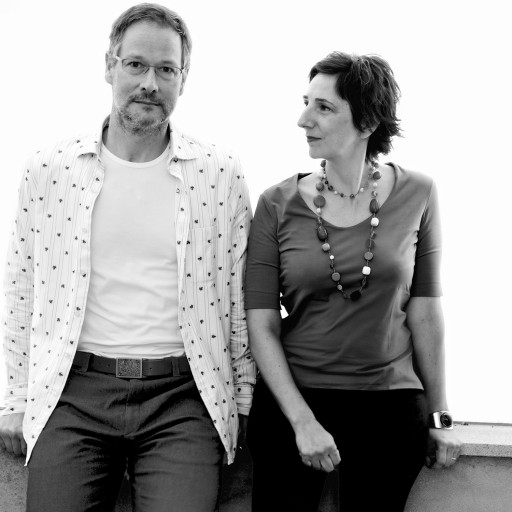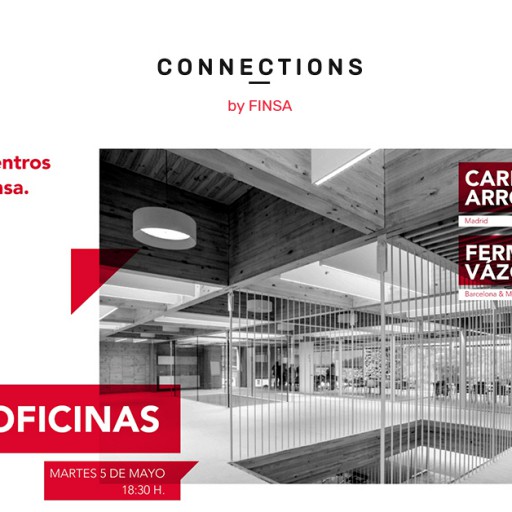We don’t realise it, but light is perhaps one of the most important elements in interior design. Lighting plays with our perceptions, creates unique sensations and experiences and can completely change a design.
“Light has the capacity to create an atmosphere much more than furniture or an accessory can; it recreates unique sensations and experiences”. Cathy Figueiredo, a partner at WannaOne studio knows that “light is an integral part of interior design and it must be worked on from the beginning of a project”. If it hasn’t been done correctly it’s immediately noticeable. We can find ourselves in the most beautiful space in the world, but if enough time hasn’t been dedicated to the study and design of the lighting, our experience will leave us dissatisfied.
When designing a space, it is essential to define the experience that we want to create. Dim and indirect lighting will create a more intimate space that encourages relaxation, while white and direct lighting activates our brains and allows us to see smaller details. “We choose the type of light depending on the creative concept that we are working on and the room it will be in. Each and every one of the elements that we incorporate into our spaces is in response to a need and the essence of the project itself” and lighting is one of these elements.
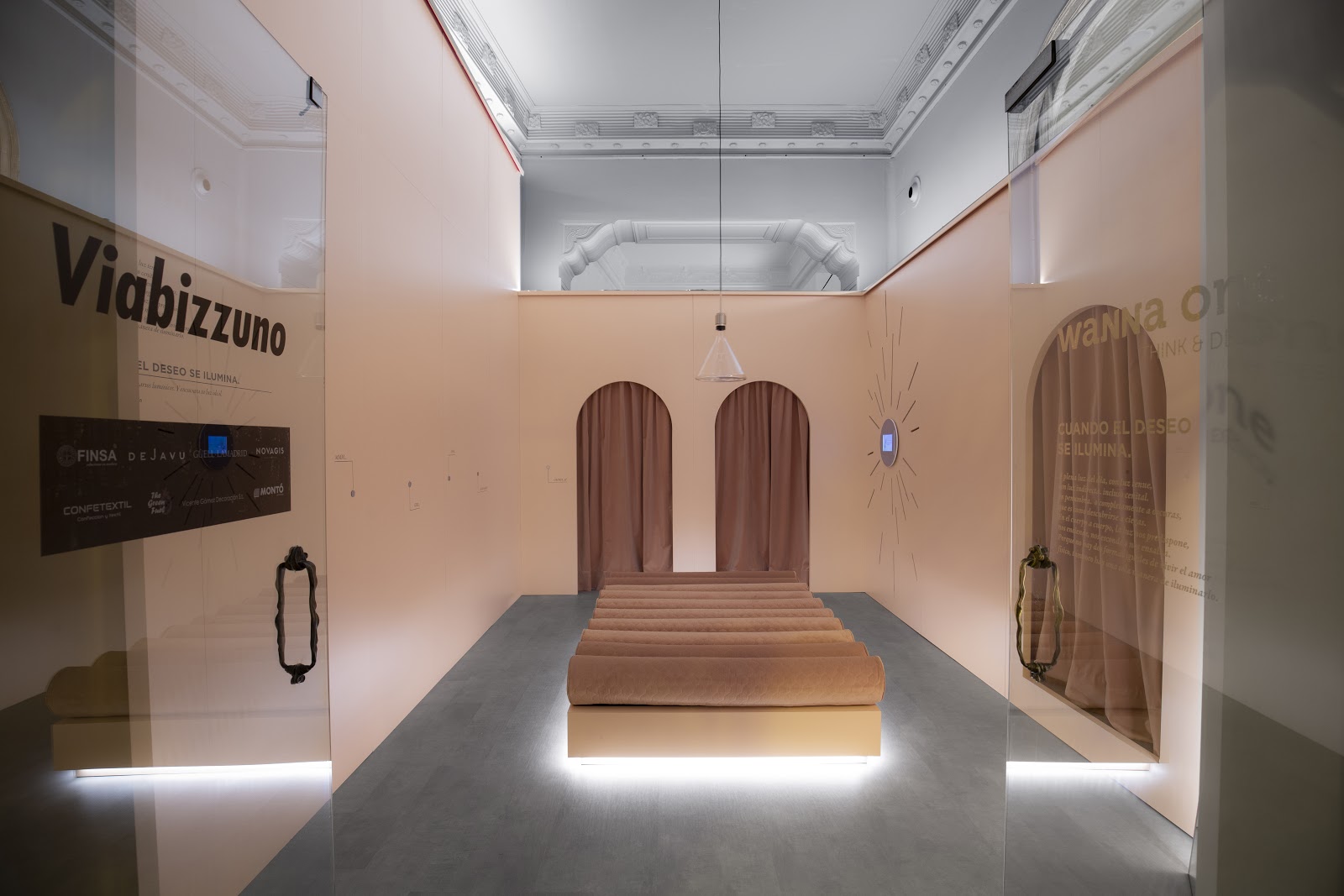
How to light your home…and your desires
One of the latest projects from WannaOne reflects on the role that lighting plays in our private moments. In “Cuando el desea se ilumina” (“When desire is illuminated”), participants choose between five differently lighted scenes for “getting busy”. If the world is divided into those who do it in the dark, and those who do it with the lights on, the results revealed that we prefer the lights on, and the stages inspired visitors almost equally, “which opens up a very big new creative field for lighting projects”, says WannaOne.
And here is where the key question arises: Do we give the lighting in our homes the importance it deserves? Cathy Figuiredo says that we are lighting our homes better and better. Some of the keys to lighting our homes well are: using a warm light temperature for common areas; mixing direct light with indirect light to create difference ambiences; and using LED strips in wardrobes, a cheap trick that is very useful for daily life. “Lighting is a personal component, just like furniture. We can give general advice but, in the end, we don’t live in the spaces in the same way, and each house must be a true reflection of the wishes of its owners”, she clarifies.
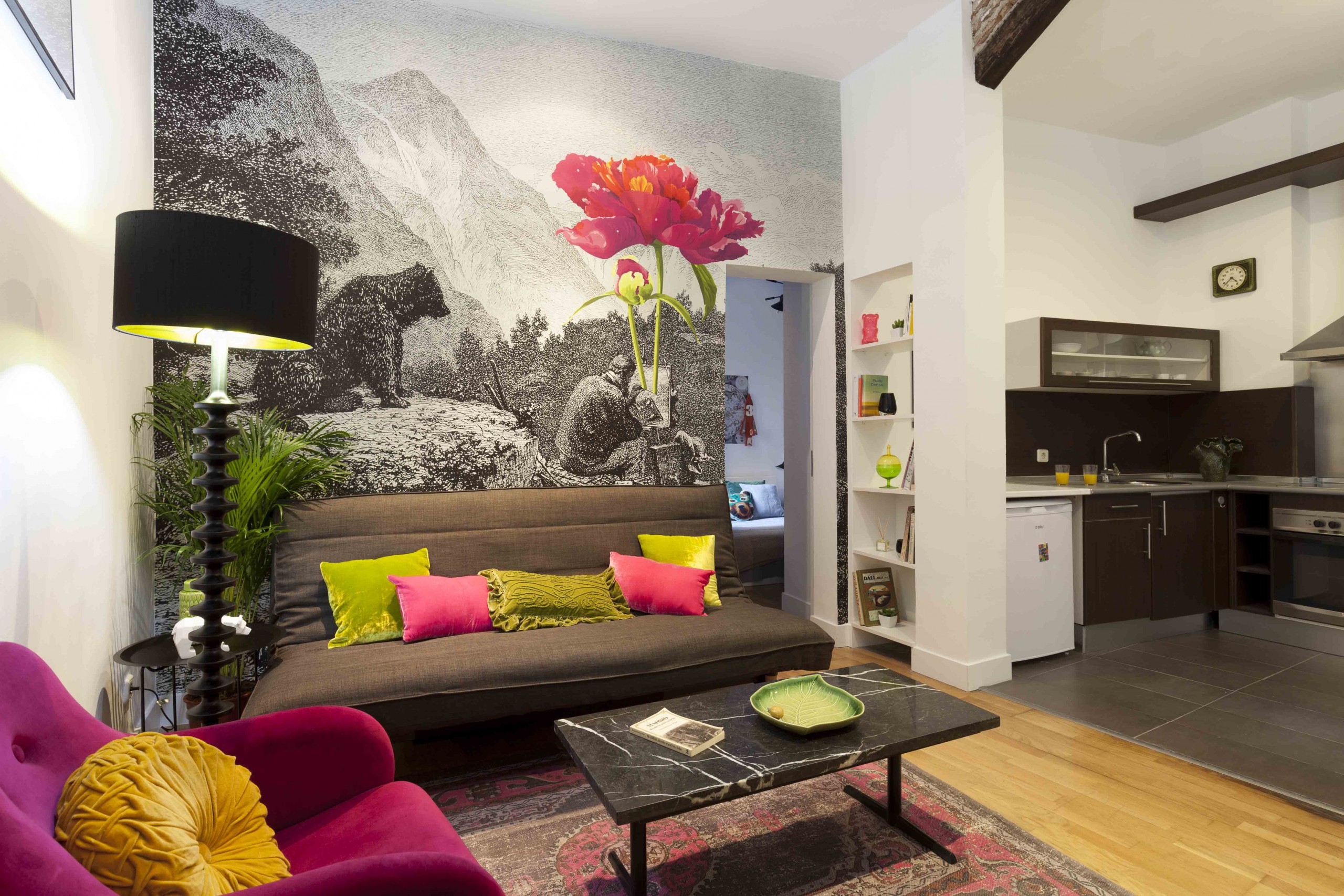
The type of light used will depend on the experience you want to create. They can be technical, with a design that serves their function, but they can also play a decorative role. This is the case for sculptural lamps, a current trend in lighting, like those produced by Arturo Álvarez in his workshop.
How to light a commercial space
Among WannaOne’s projects, the award-winning Lock & Be Free attracts our attention. This is the first network of urban lockers in Spain, where, through a combination of colours, materials, and a powerful set of lights, they have rejuvenated the old-fashioned image of everyday lockers, provoking a sense of freshness and positive energy.
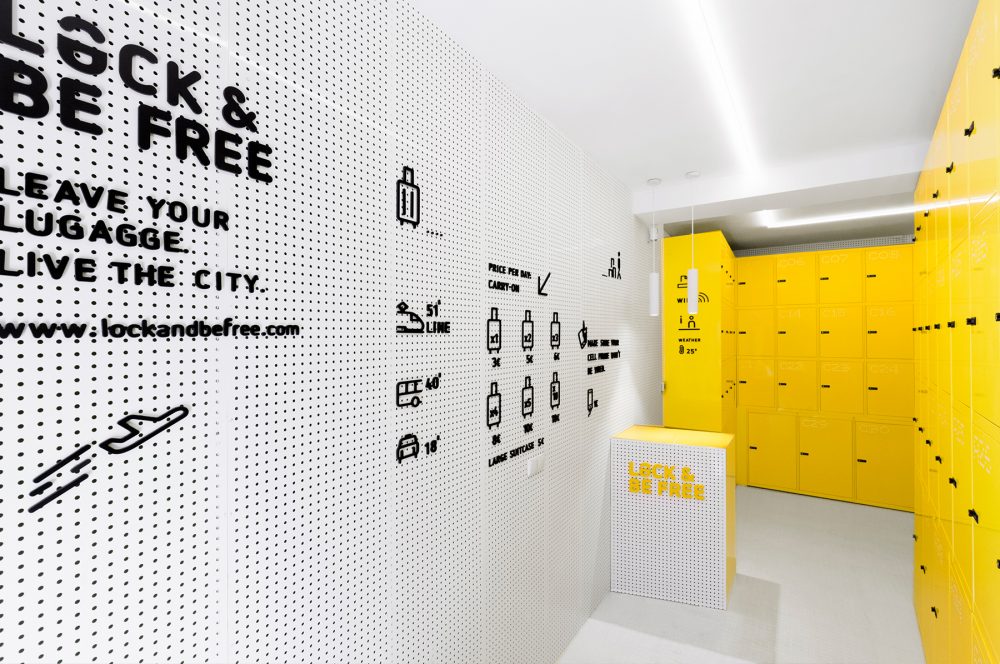
According to interior designer Iván Cotado, “lighting is the cheapest and most influential tool that we can use to tap into the subconscious of a person that is visiting a commercial space”, which can modify their attitude towards a purchase. The key is in adequately lighting the products that you are interested in promoting, creating the right mood for a purchase. Easy, right?
The importance of lighting in restaurants
Xema Varela, from Nanube interior design studio, indicates that the interior design of a restaurant is based on achieving an atmosphere which attracts the diner psychologically without them realising it. One element is essential to the creation of such an atmosphere: light.
For Michela Mezzavilla, a lighting designer, “the art of lighting a restaurant is halfway between theatrical staging and a magic show”. The lighting design of a space leaves an impression on the designers: “When it works, the clients aren’t consciously thinking about it, but they feel good and want to repeat the experience. When it doesn’t work, they won’t come back, and they may not even understand why”.
Lighting workspaces
The current trend in workspaces is moving towards open and shared spaces. This is the case for the coworking space Knowhere, a project by WannaOne where the lighting calculations have been essential for guaranteeing better lighting for workers that share the space. “Working in a space for many hours and having a computer in front of you causes visual fatigue, and with good lighting you can guarantee that the user will be able to work through intensive, and sometimes extensive, workdays, without straining their eyes”, explains Cathy Figueiredo, for whom “in this case the lighting was approached more from a health perspective than a decorative one”. After two years and positive comments from the “co-workers”, the client is convinced that lighting is one of the best investments in a project.
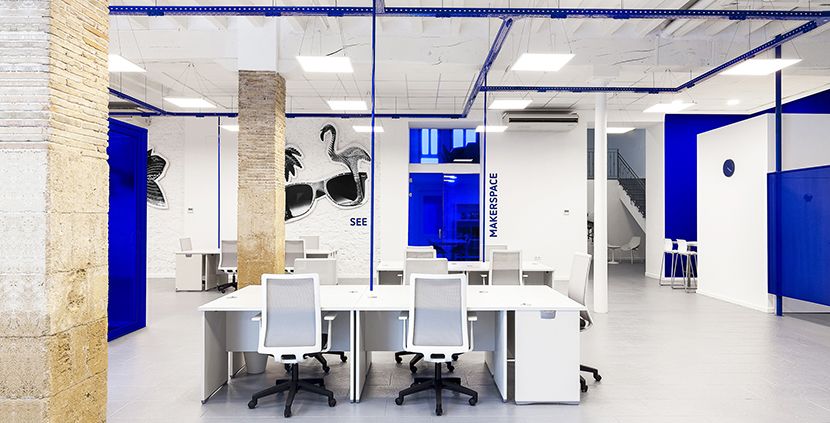
Mum, I want to be a lighting designer
The good use of light is gaining ground in homes and retail projects, as well as contract projects, thanks to lighting designers. It’s a specialisation that’s on the rise, as can be seen in the ever-increasing number of independent studios dedicated to lighting design. They come together in associations such as the International Association of Lighting Designers, or the Spanish APDI, which looks to promote the profession and excellence in lighting design, as well as recognise the fundamental role that light plays in our lives, our homes, and our cities.
On March 8 this year, awareness about the profession took , with the launch of the digital platform Women in Lighting, through which women that work in the architectural lighting industry can promote their work.
Lights that transform cities
Beyond lighting interiors and exteriors, the work of a lighting designer has another, more spectacular facet: creative lighting projects in the streets that transform the face of a city. We can find examples all over the world, such as the Festival of Lights in Lyon, Llum BCN, Signal Festival in Prague, or the winter lights in Japan.
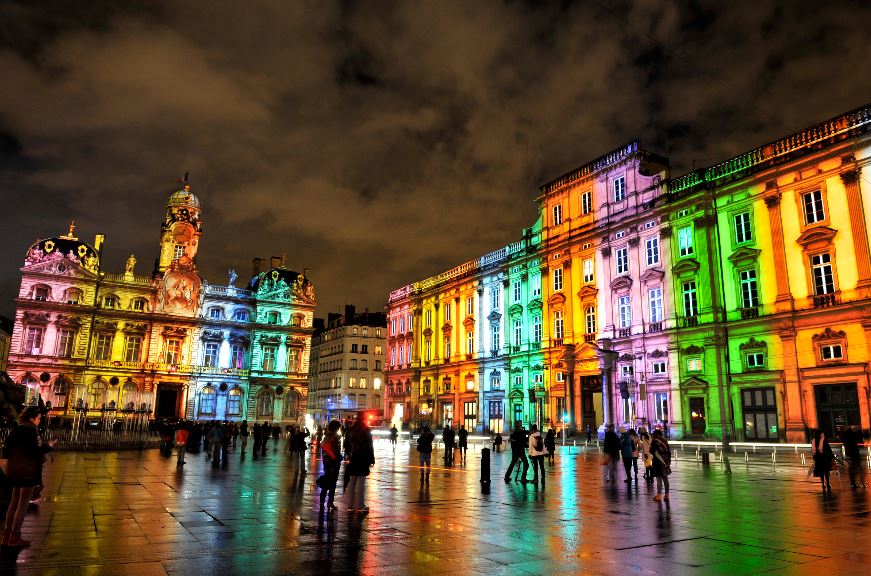
If you’re interested in learning more about this topic, we recommend reading Lighting for Interior Design (Blume, 2012). In this book, lighting designer Malcolm Innes explores the aesthetic and emotional capabilities of light, discussing the more practical aspects, as well as specific projects by designers and interior designers that show what to light and how.



